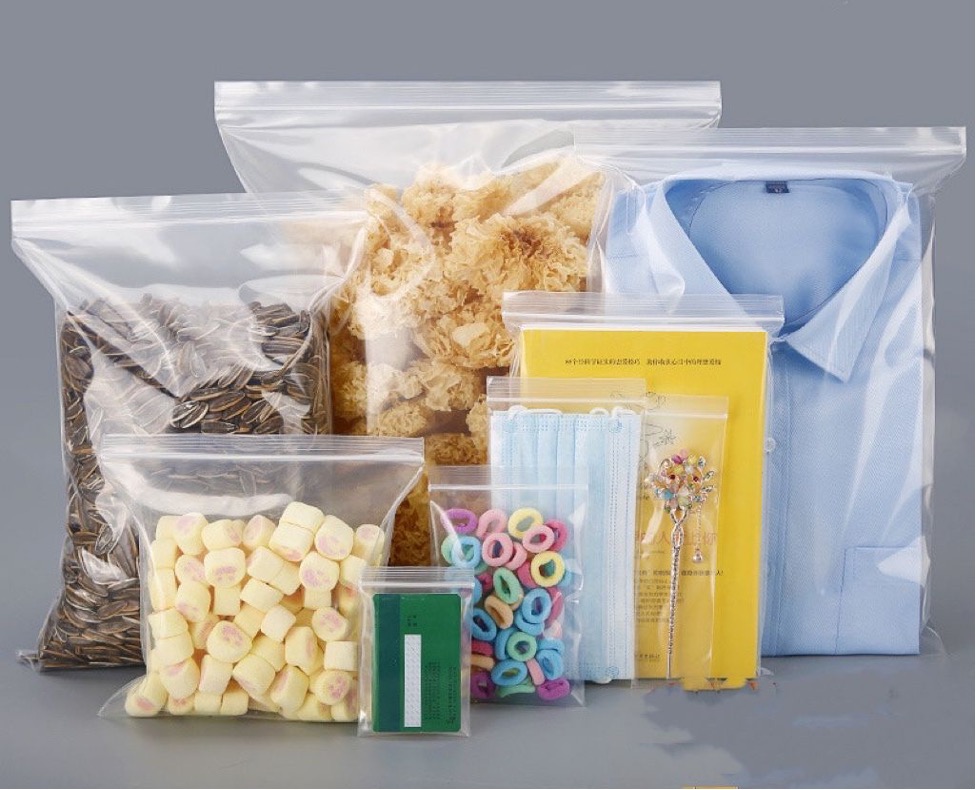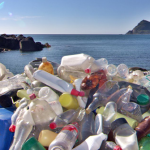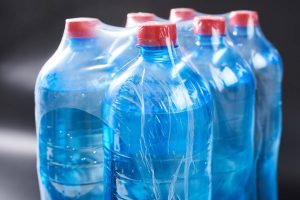
There is continuous debate over the best type of packaging materials. Is stretch film the best choice for your products? What type of plastic bags should you use for your products?
When a product is well-packed, the buyer’s face lights up. Additionally, you must make sure that your buyers will be attracted to the packaging you use, regardless of its shape or style.
While homemakers, small-town merchants, or teenagers may find colourful, glittering packaging appealing, you will need something classy for the business sector and luxury items.
Whether opaque, clear, or transparent packaging is required depends on the product. When deciding whether opaque or transparent packaging will benefit your company and increase customer satisfaction, consider the following factors:
Transparent Product Packaging
For e-commerce companies that deal with clothes, pharmaceuticals, stationery, retail, or healthcare products, the see-through feature in packaging is advantageous. From the seller’s point of view, clear packaging could be helpful because it makes it easier to differentiate their products and deliver them to the right customer.
Transparent packaging makes it easier to see what’s inside without having to open or scan each one. This reduces the chance of sending the wrong products to a customer.
Opaque Product Packaging
Opaque packaging materials ought to be your first choice if you need to send valuable items. With this type of packaging, the shipment’s contents are kept invisible and safe. This also reduces the possibility of tampering.
It is important for valuable items must get to the customer or end user in a reliable and secure way.
What are Stretch Films?
Stretch film, often known as stretch wrap, is a plastic film that is stretched and wrapped around items, ensuring they are kept firmly bound by the elastic recovery. Stretch films come in transparent or opaque.
Moreover, stretch film is used to hold products on a pallet together. This keeps workers from getting hurt, prevents people from messing with the load, and cuts down on lost goods.
What Advantages Does Stretch Wrap Offer?
Reduced shipping damage: Goods can get damaged in the transportation process. Stretch films work to lower these risks by holding cargo firmly together on the pallet so that they don’t move about as much while being transported.
Product protection: Stretch films can also keep water, dirt, and dust from getting into the product.
Environmental friendliness: Certain stretch films are recyclable, such as Thong Guan’s Maxstretch Stealth. Made with 30% of recycled content, this green, opaque film is stiff for optimal containment, helps reduce the cost of wrapping per pallet, and is perfect for concealing valuable goods.
Cost-effectiveness: Stretch films can be a cheaper way to pack than traditional methods like strapping.
Versatility: Stretch wrap’s flexible properties make it possible to wrap loads that are irregularly shaped or challenging to stack.
Plastic Bags
High-density polyethylene (HDPE), low-density polyethylene (LDPE), and linear low-density polyethylene (LLDPE) are the three main types of plastic bags that are usually used in packaging.
Grocery bags are HDPE, clothes bag from the dry cleaner are LDPE, and those thick, glossy shopping bags from the mall are LLDPE. Plastic bags are also available in transparent and opaque varieties.
When are Plastic Bags Used?
Plastic bags are used to store and transport items, including waste, chemicals, food, fruit, powders, ice, periodicals, and others. It is a widely used type of packaging. Plastic bags are helpful in our daily lives, and they come in transparent or opaque.
All in All
Choosing between transparent and opaque packaging will largely depend on the type of product you intend to deliver. As mentioned above, transparent packaging is great for items that offer aesthetic advantages, while opaque packaging is great for valuable items that must be concealed from everyone’s eyes.





